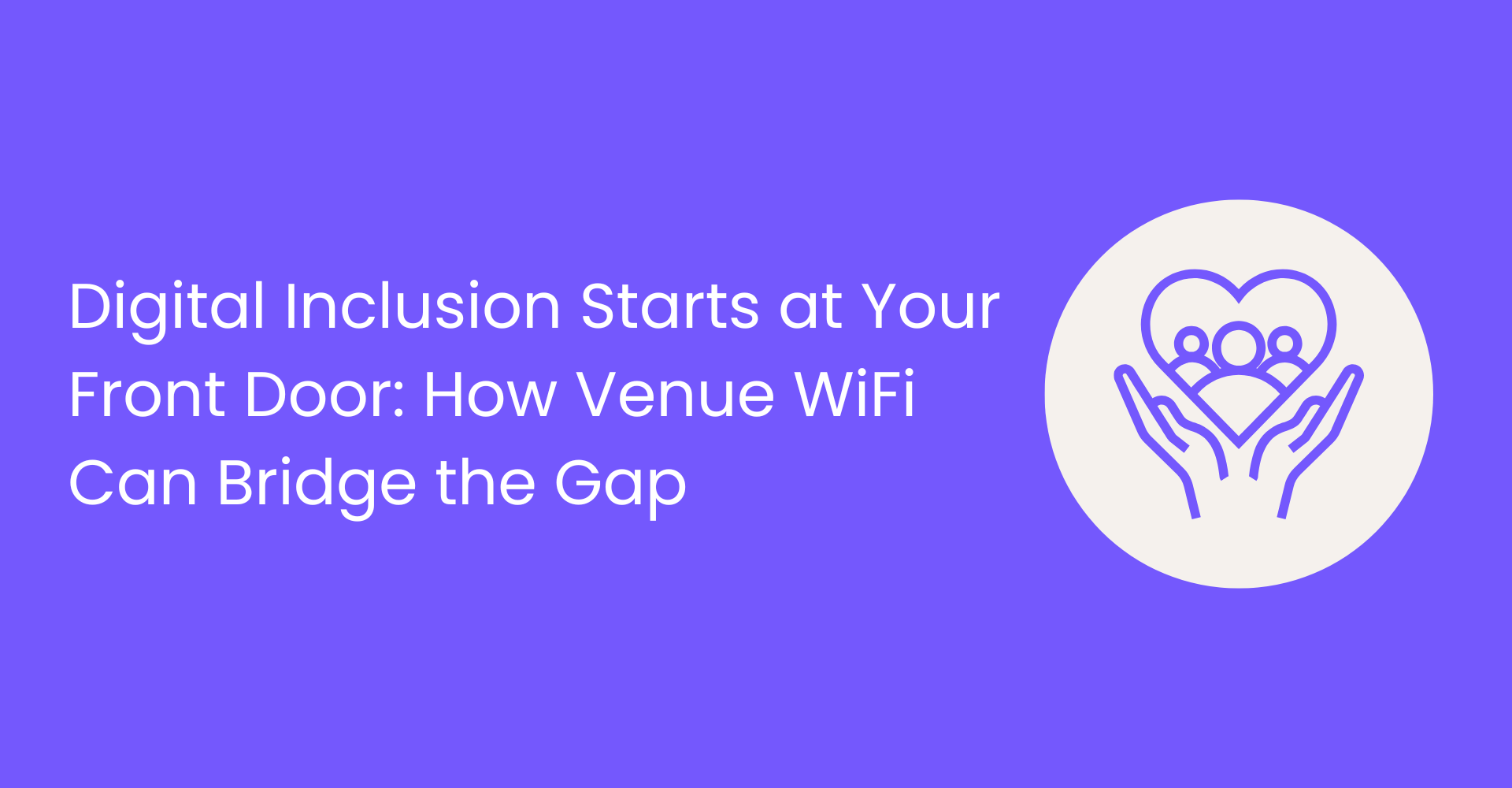What is an Indoor Positioning System (IPS)

An Indoor Positioning System (IPS) is used to locate equipment and/or people inside a building. IPS is designed for indoors, while GPS systems are generally used outdoors (or on large campuses). IPS provides location data by triangulating positions within a specific area.
Core Technology Behind IPS
IPS generally uses a mix of technologies to pinpoint locations:
- Radio Frequency Identification (RFID): Automatically ID and track tags connected to objects using radio frequency technology.
- WiFi: WiFi networks are used to determine the location of a device.
- Bluetooth: Leverages beacons to gauge proximity and location.
- Ultra-Wideband (UWB): Uses a spectrum of frequencies for tracking location (primarily in logistics and warehouse management).
UWB, Bluetooth, and WiFi in Indoor Tracking
Ultra-Wideband (UWB): UWB operates over a wide range of frequencies, which makes it less susceptible to interference. These are popular in warehouse management locations.
Bluetooth Low Energy (BLE): BLE is generally used for its easy deployment. BLE beacons are widely used in retail and public spaces to provide proximity-based services and gather data on visitor movements.
WiFi: WiFi-positioning systems take advantage of existing WiFi networks. They use signal strength and time-of-flight measurements to estimate device locations. This method is cost-effective and integrates seamlessly with existing networks.
Difference Between IPS and GPS
GPS is designed for large campuses or outdoors and communicates through satellite signals. Its accuracy diminishes indoors due to signal blockage by walls and ceilings.
IPS offers better precision indoors for navigation, asset tracking, and location-based services within buildings through the technologies listed above.
Use Cases of Indoor Positioning Solutions
Enhancing Indoor Navigation
Indoor positioning systems (IPS) can improve navigation in businesses like malls, airports, and hospitals. In these settings, IPS can help visitors find stores, departments, and rooms efficiently. Businesses can also leverage this technology to enhance their employee's experience, reduce confusion, and increase employee satisfaction in commercial spaces.
Asset Tracking in Warehouses
In warehouses, IPS streamlines operations by enabling precise asset tracking. Knowing the exact location of inventory, equipment, and vehicles in real-time can boost efficiency and reduce time spent searching for items. This leads to faster fulfillment of orders and improved inventory management. Integration with warehouse management systems and software can also ensure accurate stock levels, reducing overstock.
Safety and Efficiency in the Workplace
IPS can enhance workplace safety in different industries. In manufacturing plants, IPS helps in monitoring equipment location. In offices, IPS can help optimize space by examining movement and occupancy. Emergency response times can improve as the system provides real-time locations of employees.
Challenges and Limitations
Signal Interference Inside Buildings
Concrete, metal structures, and even densely packed humans can disrupt signals from IPS signals. This can affect the accuracy and reliability of data, leading to potential issues in location tracking.
Some degree of signal disruption is unavoidable, requiring adjustments and maintenance in the long run.
Complexity of Implementation
IPS implementation can be a complex and resource-intensive procedure. A comprehensive understanding of the building layout, the selection of appropriate technologies, and the integration with existing systems all play a role in implementation. The installation of hardware such as sensors, beacons, and access points involves some logistical considerations. Overall, businesses must allocate resources to implementation to maximize the benefits of an IPS.




.png)

.png)





